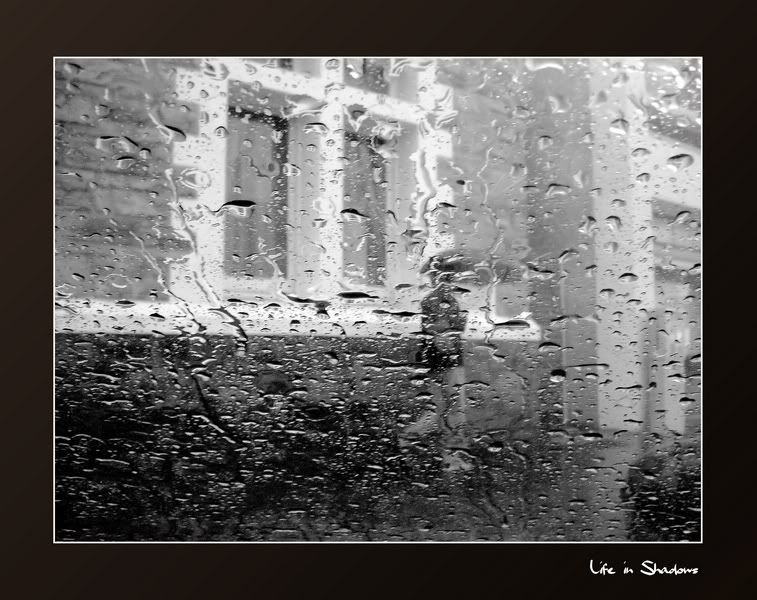If there is a glass between you and the subject,
1. Roll down the car window or open the building window before shooting.
2. If there is no way to get the glass out of your way, clean the glass before you shoot through it. Some photographers carry in their camera bag a few sheets of paper towels and a small bottle of glass cleaner.
3. To reduce window reflections from your clothing, wear dark clothing.
4. To avoid a reflection, turn off the flash before you shoot through the glass.
5. To eliminate reflections on the glass coming from light sources behind your camera, turn the lights off. If you cannot turn the lights off, block the lights with a dark jacket. Some photographers carry a 4 x 4-foot piece of opaque fabric for this purpose.
6. If you must use a flash, use a rubber lens hood so that you can put the lens right up against the glass. Also try to put the flash up against the glass.
7. To avoid image distortion, do not shoot at a sharp angle to the glass.
8. If you have an auto-focus camera, you can prevent the camera from focusing on the glass instead of the subject by either turning the auto-focus off and focusing manually or setting the focus to infinity.
9. If you have a polarizing filter over your lens, remove it before you shoot through an airplane window because the polarizing filter may display the stress in the Plexiglas window as a rainbow pattern in your color photo.
10. If you are shooting on a commercial airline, the best shots are usually just after take off and just before landing because the plane is closer to the objects on the ground.
11. If you are shooting through aquarium glass, be aware that the glass on the other side of the tank may cause a reflection.









